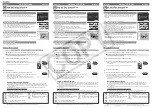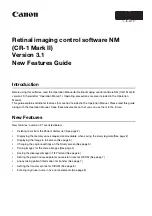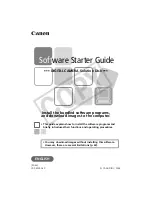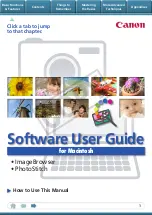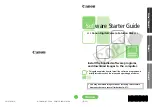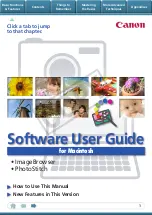
222
Make a call
N0008589 3.3
Emergency 911 dialing
Emergency 911 dialing is the capability to access a public emergency response system. State and
local requirements for support of Emergency 911 dialing service by Customer Premises
Equipment vary. Ask your local telecommunications service provider about compliance with
applicable laws and regulations.
Emergency 911 dialing may not apply to International systems.
IP telephones: If you allow this service on IP telephones that are installed or used off-site, you
must ensure that the 911 telephone number is not mapped to the system address in the emergency
response system.
Select how you dial your calls
The system digital telephones provide three methods for dialing calls:
•
Standard dial:
allows you to make a call by selecting a line and dialing the number. If you
have a prime line, it is selected automatically when you lift the handset or press the handsfree
button.
•
Automatic dial:
allows you to dial a number without selecting a line. Your prime line is
selected when you start dialing a number. Your Prime line must be free to make a call.
•
Pre-dial:
allows you to enter a telephone number, check it, then change it before making the
call. The call does not dial until you select a line or line pool, or pick up the handset. You can
pre-dial both external and internal numbers. You must, however, select the correct type of line
(external or internal) for the type of number you have entered.
Receive a busy signal on an internal call
When the internal number you dialed is busy, there are three possibilities:
•
Priority Call:
You can use this code to override a busy signal or Do Not Disturb.
•
Ring Again:
You can use this code to tell you when a telephone you want to call is no longer
busy or when a line pool becomes available. (
FEATURE
2)
Programming: There is no system programming to allow/disallow this feature.
•
Message:
Use this code to leave a message on the display of the telephone you are trying to
call. (
FEATURE
1)
Programming: There is no system programming to allow/disallow this feature.
Programming
:
“Defining user preferences” on page 428
Programming
:
“Defining device capabilities” on page 417
. (
FEATURE
69)
Summary of Contents for BCM 3.7
Page 4: ...4 Software licensing N0008589 3 3...
Page 32: ...32 Contents N0008589 3 3 W 937 Index 939...
Page 46: ...46 Tables N0008589 3 3...
Page 64: ...64 How to get help N0008589 3 3...
Page 90: ...90 Manually activating Telnet N0008589 3 3...
Page 116: ...116 Delayed system restart N0008589 3 3...
Page 194: ...194 Configuring a data module N0008589 3 3...
Page 276: ...276 Setting line telco features N0008589 3 3...
Page 310: ...310 Using COS passwords N0008589 3 3...
Page 364: ...364 Enhanced 911 E911 configuration N0008589 3 3...
Page 380: ...380 Renumbering DNs N0008589 3 3...
Page 398: ...398 Saving wizard pages on your computer N0008589 3 3...
Page 458: ...458 Voice Mail settings N0008589 3 3...
Page 488: ...488 Setting system telco features N0008589 3 3...
Page 508: ...508 Other programming that affects public networking N0008589 3 3...
Page 522: ...522 PRI networking using Call by Call services N0008589 3 3...
Page 592: ...592 Monitoring Hunt groups N0008589 3 3...
Page 636: ...636 Configuring Double Density N0008589 3 3...
Page 640: ...640 Using the Network Update Wizard N0008589 3 3...
Page 666: ...666 Importing and Exporting DHCP data N0008589 3 3...
Page 722: ...722 Restarting the router N0008589 3 3...
Page 726: ...726 Important Web Cache considerations N0008589 3 3...
Page 748: ...748 Configuring an Interface with NAT N0008589 3 3...
Page 794: ...794 IPSec N0008589 3 3...
Page 818: ...818 Configuring the Policy Agent characteristics N0008589 3 3...
Page 832: ...832 Firewall rules for Business Communications Manager with Dialup interfaces N0008589 3 3...
Page 876: ...876 ISDN Programming N0008589 3 3...
Page 1004: ...1004 Index N0008589 3 3...































